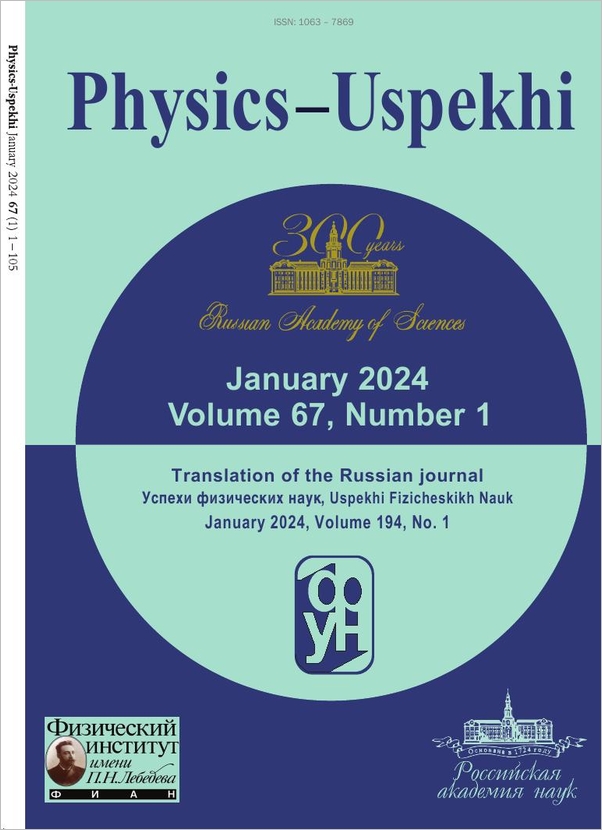|
This article is cited in 17 scientific papers (total in 17 papers)
REVIEWS OF TOPICAL PROBLEMS
Electron-nuclear double resonance of impurity centers in nonmetallic crystals
V. G. Grachev, M. F. Deigen
Institute of Semiconductors of the Academy of Sciences of the Ukrainian SSR
Abstract:
This review presents briefly the ideas underlying the electron-nuclear double resonance (ENDOR) method and also discusses methods for the analysis of spectra with the aim of obtaining information on the hyperfine and quadrupole interactions of paramagnetic centers with lattice nuclei and illustrates the potentialities of the ENDOR method in the determination of the structure and properties of impurity centers. Apart from these traditional topics, the attention is concentrated on new aspects of the ENDOR method: influence of external agencies (electric field, pressure, and temperature) on the ENDOR spectra, ENDOR dynamics, optical detection, etc. A demonstration is given of the capabilities of the ENDOR method in investigations of the fundamental characteristics of crystals, such as the energy band structure, local properties near defects, spin-phonon interaction characteristics, excited states of local centers, etc. This demonstration is illustrated by examples of ENDOR studies of electron and hole centers in insulators and semiconductors.
Citation:
V. G. Grachev, M. F. Deigen, “Electron-nuclear double resonance of impurity centers in nonmetallic crystals”, UFN, 125:4 (1978), 631–663; Phys. Usp., 21:8 (1978), 674–692
Linking options:
https://www.mathnet.ru/eng/ufn9534 https://www.mathnet.ru/eng/ufn/v125/i4/p631
|


| Statistics & downloads: |
| Abstract page: | 45 | | Full-text PDF : | 12 |
|





 Contact us:
Contact us: Terms of Use
Terms of Use
 Registration to the website
Registration to the website Logotypes
Logotypes








 Citation in format
Citation in format 
